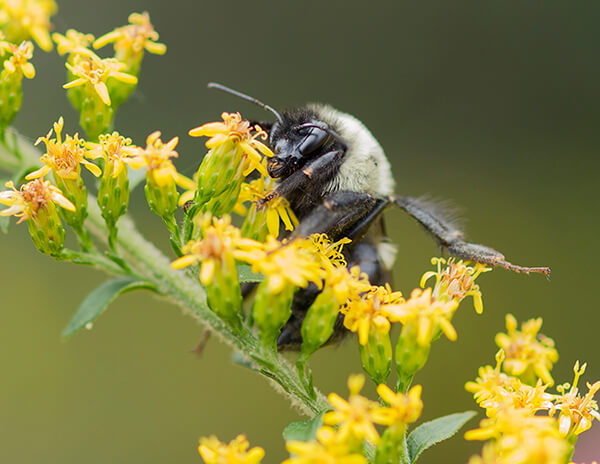WHY CULTIVARS COULD BE PROBLEMATIC
The topic of cultivars can be a polarizing one for folks in the native gardening community. It’s true, cultivars can provide food and cover for our wildlife just like our native species do … but … as well behaved and form pleasing as they can be to some, cultivars could prove to be detrimental to our ecosystems.
Chesapeake Conservation Landscaping Council points out the following in The Eight Essential Elements of Conservation Landscaping:
“Cultivated varieties (cultivars) are available for many native plants. These plants have been nursery grown as “improved” selections to provide plants with certain physical characteristics, such as a different flower color, a particular foliage shape, early bloom time, or compact size. All the plants belonging to a particular cultivar are genetically identical.

Although gardening with cultivars may be suitable to meet aesthetic goals, those planning habitat projects to provide food and cover for wildlife should use as many true species (not cultivars) as possible. No one really knows how these cultivars will affect the wildlife that depends on local native plant species for food. If a local native plant’s bloom period, color, fragrance, or flower shape is changed, it could have a serious detrimental effect on the hummingbirds, bees, butterflies, and other wildlife that may use that plant. True species are most suited for use by native wildlife, and planting them will increase your chances of attracting these creatures.
In addition, research has shown that some cultivars breed with local native plants and thus decrease a population’s fitness or ability to survive in an area. If the planting site is near designated natural areas, it is best to avoid using cultivars so that these genetically homogenous plants don’t end up cross-breeding with native species and “contaminating” or changing the natural gene pool. Since cultivars often lack the genetic diversity necessary to adapt to local environmental conditions, they may not thrive, and cross-breeding could lead to eventual extinction of existing natives. Since we can’t know the full extent of how this would affect local native plant populations and all life that is interdependent with them, we must work to protect natural biodiversity.”
